
In 1968, Dick Fosberry won a gold medal in high jumping at the Summer Olympics. Instead of diving with his belly over the bar and landing on his feet, he did it reverse, jumped over the bar with his back and landed on his back.
Nearly two thousand years since the Olympics in Athens, mankind invented a new technique for high jumping, the Fosberry Flop as it is now called. Amazingly, the innovation made was not due to technology, but a change in conceptual thinking.
Top Barriers to Innovation
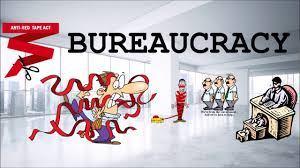
Research shows that the greatest barrier to companies being innovative is for 35 % a lack of ideas and for another 15 % red tape bureaucracy. They rely on a handful creative but ill adapted employees or passively wait for innovations to emerge out of the blue. And then killing them by red tape.
But are there other ways?
Organizational ambidexterity refers to an organization's ability to be efficient in its management of today's business and also adaptable for coping with tomorrow's changing demand. Just as being ambidextrous means being able to use both the left and right hand equally, organizational ambidexterity requires the organizations to use both exploration and exploitation techniques to be successful.
Ambidextrous organizations need a Concept R&D department. Like an R&D department for new product development and using new technologies, but now for the purpose of providing new concepts and ideas.
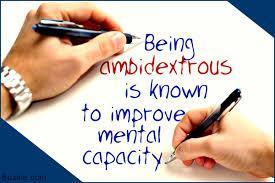
Organizational ambidexterity refers to an organization's ability to be efficient in its management of today's business and also adaptable for coping with tomorrow's changing demand. Just as being ambidextrous means being able to use both the left and right hand equally, organizational ambidexterity requires the organizations to use both exploration and exploitation techniques to be successful.
Ambidextrous organizations need a Concept R&D department. Like an R&D department for new product development and using new technologies, but now for the purpose of providing new concepts and ideas.
Ask your Concept R&D Department for* new concepts that reduce the costs of off-shore gas drilling dramatically
* a radical new concept for a body scanner for airports
* some radical ideas to streamline seaport operations
* innovative ideas for application software
A Concept R&D Department
Such a concept R&D department would be involved in constructing
ideas and concepts, that is:
Not passively waiting for ideas. Not looking for ideas, as if new ideas and concepts are already out there and have just to be discovered, like precious metals somewhere in the bush of Africa. Not even coming up with ideas.
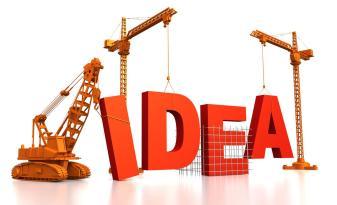
But in methodically constructing new creative concepts.
But what is creative?
Most people associate creativity with doing things with colours, or with your hands, or with art. There are participants in my sessions that claim that they are not creative, because they cannot draw.

I would like to introduce another concept of creativity. Creativity is the ability
* to generate alternatives
* to break thinking patterns
Alternatives
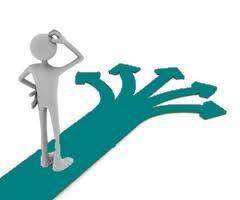
Creativity is about thinking up alternatives for strategies,
solutions, ideas, possibilities, conclusions. . .
But also thinking up alternative interpretations. F.i for
* crime fighters
* investigative journalists
* sales figures
* cold case researchers
A creative person is able to come up with at least 15 explanations what it means that a man at a gas station throws cans of coke into his petrol tank.
It is all about challenging thinking patterns as directed by algorithms, rules, saying, expressions, doctrines standard operating procedures, psychological scripts. . .
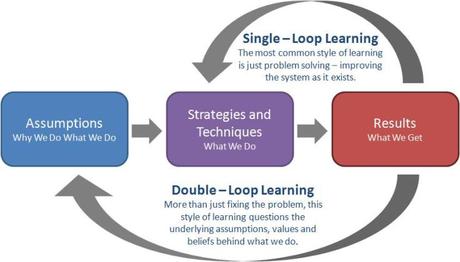
Creativity is escaping single loop learning: double loop learning. Double-loop learning entails the modification of goals or decision-making rules in the light of experience. The first loop uses the goals or decision-making rules, the second loop enables their modification, hence "double-loop". Double-loop learning recognises that the way a problem is defined and solved can be a source of the problem.
Breaking thinking patterns
There are several world-renowned creative thinking tools with which you can deliberately construct ideas.
Lateral thinking
Normal, logical arguing is called vertical thinking. At right angles to this is lateral thinking: escape from "normal" thinking. It was invented by Edward de Bono in the 1980-is. An example that has become very famous was with Shell Oil. It was related to drilling. As you may know, when drilling down, it is done horizontally, to get more oil. Today it is fact... but back in 1971, it was very unusual. The problem was not only related to horizontal drilling but also to Lateral Thinking. You can run out of petrol but not out of thinking.
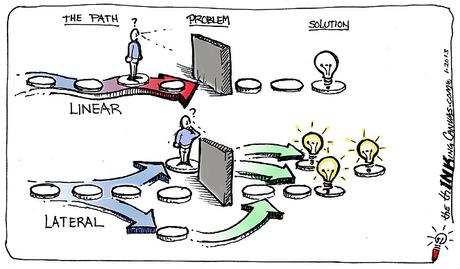
Theory of Inventive Problem Solving (TRIZ)
It is based on studying some thousands of patents. They derived general categories of problems and connected them with categories of general solutions. Interesting, innovation is based on the complete removal of contradictions. Most western engineers are educated in optimizing, trading off bad effects with good effects.
It is mainly used for technical innovations, for trimming (making installations less heavy, costly, complex, etc.) and for patent circumventing.

Try to solve the problem by asking yourself: what resources inside the warplane could I use to produce inert gas?
